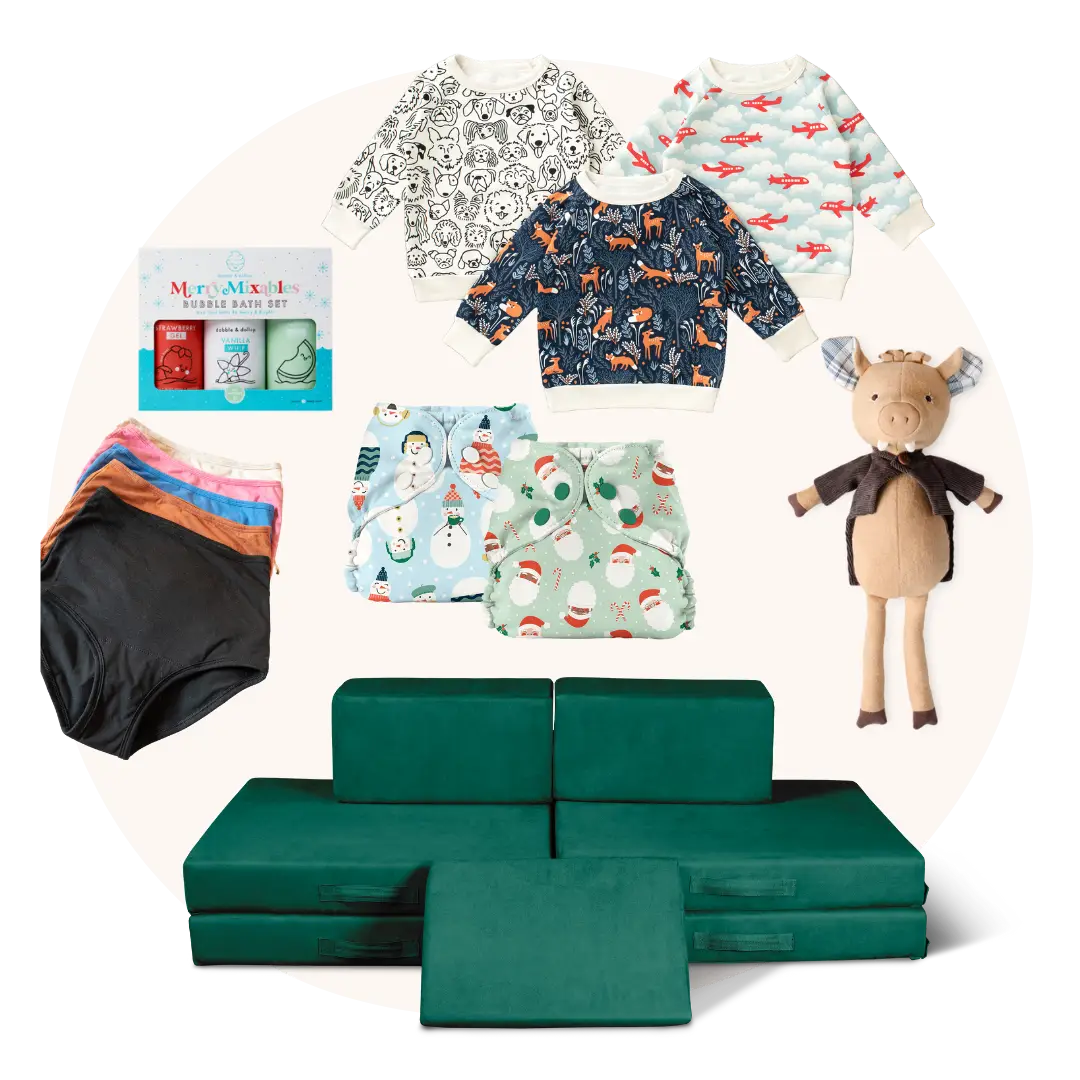Have Carrier, Will Travel: hope&plum's Guide to Family Trips
Traveling with small children can seem like an insurmountable task, especially if you’re riding solo. Carriers can help! Here are some ideas to help you get where you’re going on planes, trains, and automobiles.
Table of Contents
Packing
Keep a list or spreadsheet of essentials for you, baby, or your whole family. Add and take away with experience. Consult it every time you go on a trip, whether it’s an overnight, a weekend getaway, or a longer trip for one or more weeks. Remember clothes, but also everyday essentials you’ll need to have with you away from home: diapers, wipes, favorite toys, blankets, burp cloths, pacifiers, bottles, sound machines, sleeping surfaces – whatever you need to keep your family functioning! As your kids grow, involve them in these packing responsibilities. And always be sure to take enough carriers!
On longer trips, you may need a bag for each family member, but consolidate as much as you can for shorter journeys. Remember that planes and even trains may have baggage fees, so take that into your packing calculations. Flat bottoms bags and pockets are great for short trips or organizing like-items for longer travels. And remember to keep some absolute necessities on your person - diapers, wipes, IDs, and your phone! Fanny packs can keep all of this organized and close to you at all times. Plus, they work so well with all carriers.
Road Trips
If you can swing the car ride and your kids don’t struggle in their car seats, driving can be a great option for family trips. You’re not tied down to someone else’s schedule, you are only limited to what you can fit in your car, and you’ll have a way to get around at your destination. It’s definitely helpful to have a trusted co-pilot on long car rides, so you can drive while someone else attends to the requests for snacks, toys, and games. But if you have to be alone, try to position yourself and your kids in a way that you can safely get them what they need. If you have an older toddler or kiddo, you can put them in charge of snack and activity distribution. And keep one or two carriers within easy reach of your baby or toddler for quick ups.
You should plan more frequent stops than you might if you were on an adult-only road trip. It’s a good idea to find a safe place to park every 2-3 hours so everyone can stretch their legs, get a snack, and use the restroom or get a diaper change. Stops can allow restless toddlers to get some wiggles out too. It can help if you choose carriers that are poppable or that you can pre-buckle if you’re getting in and out of the car a lot, especially if the weather is anything other than warm and sunny. You can set up stretchy wraps and ring slings and then leave them on your body, popping baby in and out. For a front carry, you can pre-buckle one side of your Lark, pop baby in, buckle the other side, and adjust as normal.
Chugga-choo-choo
Depending on your origin and destination, a train could be a great option for family travel. Some lines are less expensive than plane tickets, but when you factor in airport parking and security, can be just as fast as air travel. Trains allow you to get up and about, use the restroom, and feed and change baby without having to pause your progress. They may have better luggage allowances than air travel. Plus, kids love them! On some trains, the journey is part of the vacation as they provide beautiful views of the vast expanses of the United States. In Europe and Asia, trains are even more popular means of travel, allowing fast, comfortable, and safe trips that span cities, countries, and even continents.
Because trains offer such flexible travel, any carrier can work on the rails! Practice putting on your carrier in a more confined space and tucking straps so they don’t drag on the ground.
The Plane!
Air travel is such a popular option, but can seem one of the most challenging with young kids. Carriers can help!
Security
When going through security, choose a carrier without any metal so you have the biggest chance of being able to wear your child the whole time. Stretchy wraps are great options for infants, and Larks fit the bill for bigger babies and beyond. Just be prepared to take baby out if they request it. You also may have to go through extra screenings like a hand test, so be prepared for that too!
Gates
No more metal detectors so feel free to switch carriers if preferred. If you have a toddler, get ready to do some chasing around the gates. This will help them get out some energy before they have to sit on the plane. Choosing a carrier that’s supportive and quick for taking toddlers in and out is key, like a ring sling or a Lark.
Boarding
Now is the time to contain your littles! Boarding can be a long wait inside the jetway and, unlike at the gates, there’s really nowhere to run or explore. Having your child in a carrier until you get to your seat is ideal! As with train travel, practice putting on your carrier and taking it off in a more confined space. Your seatmates will thank you!
Flying
Flight attendants will commonly ask you to remove your carrier for takeoff and landing. Wearing a Lark, meh dai, or stretchy wraps can really help in these situations. For the Lark and meh dai, you just have to loosen enough to take down the panel. You can keep the carrier around your waist while you hold baby. Then you can pop baby back in when given the go ahead to do so. A stretchy wrap is even easier. You don’t have to loosen this carrier at all. Just pop baby out, hold them in your arms, and pop baby back in when it’s safe to do so. Easy peasy! It’s also a good idea to try and feed baby during take off and especially during landing. The sucking motion can help them to equalize pressure in their ears. For older kids, lollipops or gum can be a special treat for airplane landings.
Carseats
We’re in the carrier business and do not claim to be CPSTs. It’s important to have access to safe and reliable car seats for car rides to and from the airport and any driving you’ll be doing while at your destination. Do your own research to find the options that are right for you and your family.
Summary
Packing Essentials: Keep a customizable list of items like clothes, diapers, and toys. Use bags with flat bottoms or fanny packs for easy access to essentials.
Road Trips: Plan frequent stops, use poppable carriers, and involve older kids in snack/activity distribution.
Train Travel: Trains are flexible and kid-friendly, with room to move around. Any carrier works; practice confined-space use.
Air Travel: Choose metal-free carriers for security. Use carriers to manage toddlers at gates and during boarding. Remove carriers for takeoff/landing as required.



